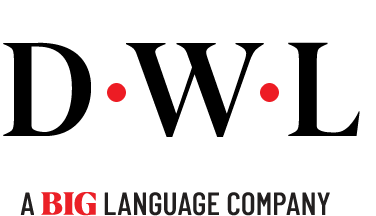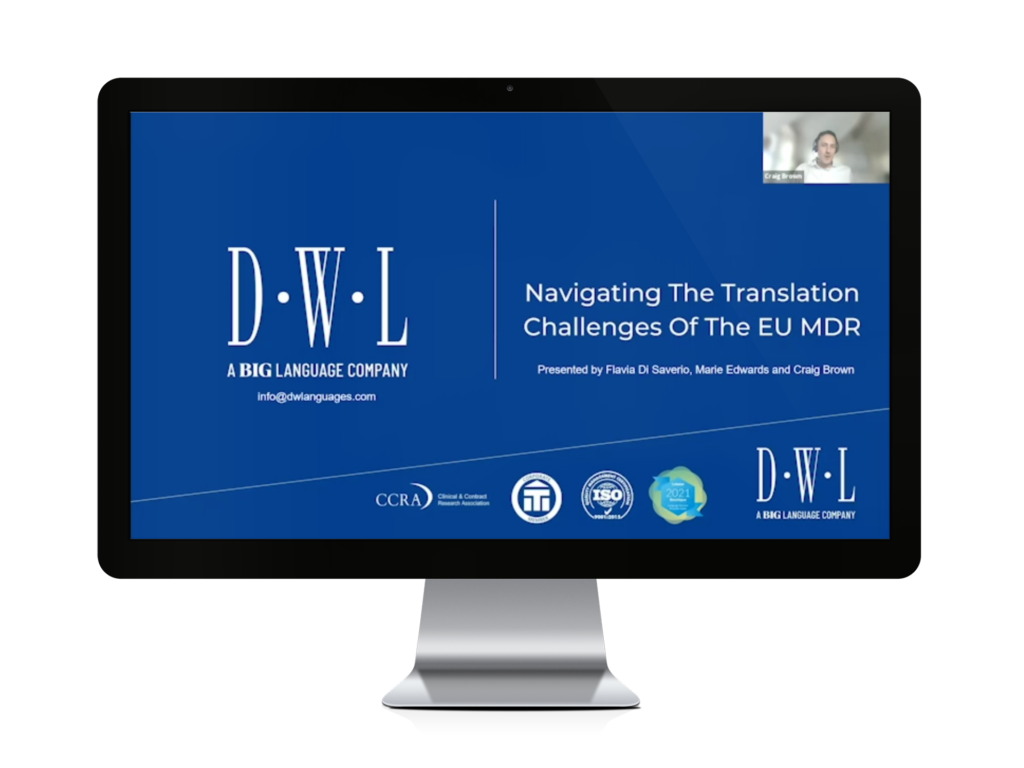With “La Vuelta a España” in September now a distant memory, there are now 8 months to go until the Tour de France, where cyclists at the very top level will race for 23 days, sometimes at over 200km per day to Paris from the opening stage in the Netherlands; an incredible feat of endurance by anyone’s standards.
During such a harsh and gruelling race schedule, and with several high-profile positive doping results still in recent memory, no other sport has attracted so much attention with regard to performance enhancing drugs and methods.
According to a recent update by the European Medicines Agency (EMA), “there is no direct legal requirement to include information on doping in sport in the product information of centrally authorised medicines. The Agency advises applicants not to include statements on doping.[1]”
With so many products available on the European market, containing a wide range of active ingredients for therapeutic use, it is a wonder how athletes (who are frequently tested) avoid prohibited substances completely.
Here is the list of banned substances, published in English and French only, produced by the World Anti-Doping Agency (WADA): https://wada-main-prod.s3.amazonaws.com/resources/files/WADA-Revised-2014-Prohibited-List-EN.PDF
The regulations cover a number of different doping methods, including the ingestion/injection of anabolic steroids and other anabolic agents, growth hormones and diuretics, blood transfusions or blood manipulation (e.g. erythropoietin (EPO), prescribed to anaemic patients to increase haematocrit levels in the blood) and even the use of genetically modified cells. In case the regulations are not comprehensive enough, there is a further list of products/methods which are only approved for ‘out-of-competition’ use, but which become prohibited again during competitions!
If you aren’t a regular on the EMA website, as well as the information above, new information is posted there from time to time. See current notices regarding black-triangle text for example (see the page containing ‘templates for use by applicants and marketing-authorisation holders for human medicines’).
Why not set RSS feeds in Microsoft Outlook in order to be kept up-to-date with any changes to QRD requirements, or any other updates from the EMA, as soon as they become available?
[1] European Medicines Agency (retrieved 23/09/2014) http://www.ema.europa.eu






